Lenovo ThinkCentre M75n Nano Power Consumption
The Lenovo ThinkCentre M75n Nano used a familiar power supply. Even with a low power CPU, it still utilized the Lenovo 65W power adapter, similar to what we also saw with the M90n Nano.
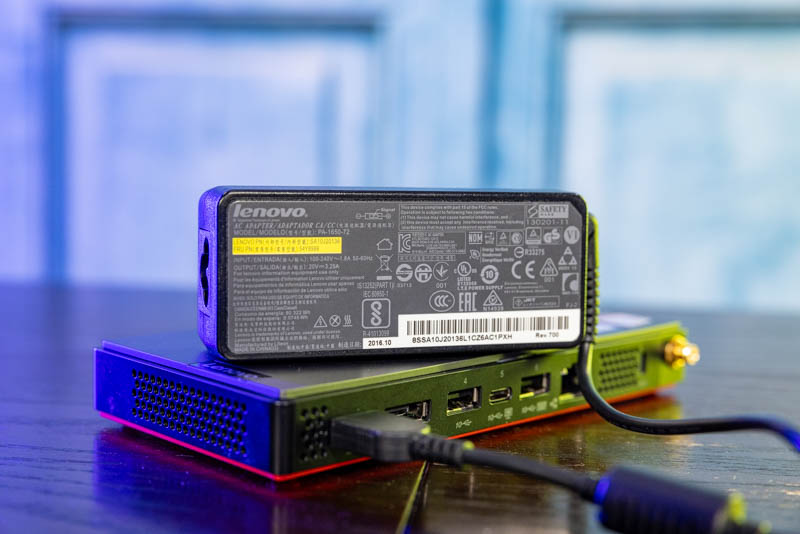
We had idle power of around 8W which was good. Our maximum power consumption was around 42W. Overall power was lower than the M90n Nano, but that perhaps makes sense without WiFi and a lower-end SSD so there is a configuration difference. Also, since we got our unit second hand we should note it smelled like smoke. The photos generally came out fine, but in smoky environments fans can be challenged and so our results may be higher than some would expect because of that. It is a challenge with using second hand units, but hopefully this gives one a general sense of the power levels. This is by no means a 100W system.
Key Lessons Learned
To me, these units are a challenge. On one hand, the extremely small form factor is always nice. There is certainly a benefit to being able to mount these units easily wherever they are needed.
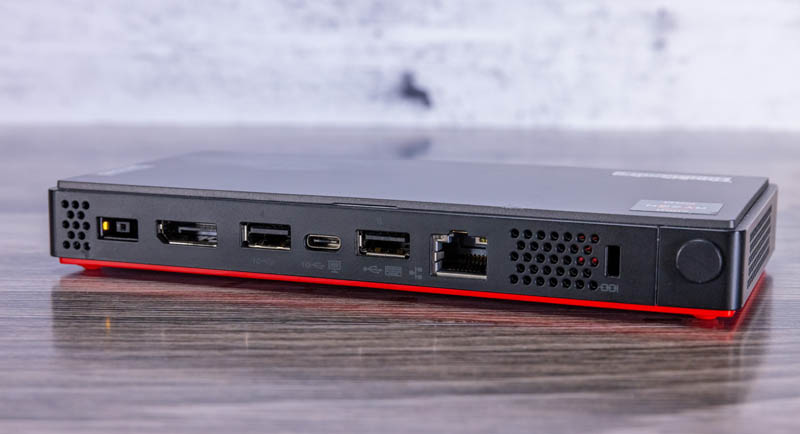
At the same time, the YouTube cover image for the M90n Nano says “I am nano disappointed”. I had forgotten that since we did the M90n Nano, and frankly I feel the same way about the M75n Nano especially since I feel like I got less. Two of the USB ports are USB 2.0 not USB 3.2 Gen2. This unit also did not have WiFi and had a small SSD. Although it was $75 less expensive, not only did we get fewer hardware features, but it also lacks the Windows 10 Pro license. Our configuration, judging by recent ebay listings, seems to be very popular since perhaps these were mostly sold as thin clients.
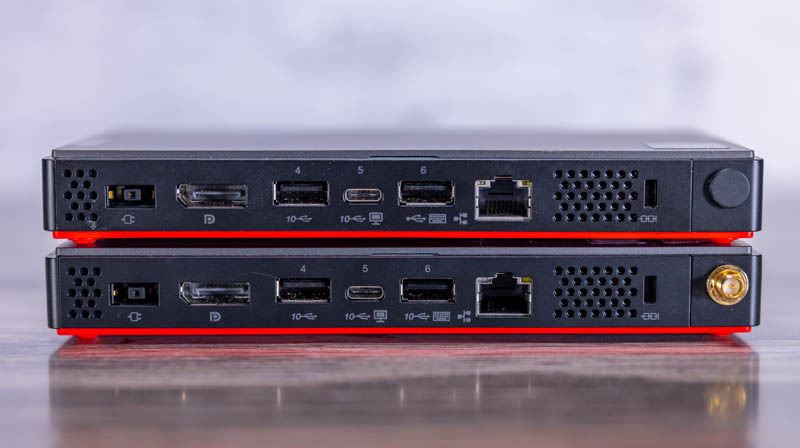
Since the unit was purchased, the prices have gone up. At some point, one might prefer getting the Topton M6 instead of the M75n Nano. The Topton unit came with twice the memory, four times the SSD space (with a low quality SSD), Intel WiFi 6E, and a Windows 11 Pro license for only $300 new. Lenovo has better build quality and service and support, and the older Ryzen Pro is still faster than the newer Atom by a good margin. Still, the fact that I am unsure of which to get says a lot.
Perhaps that is my biggest challenge. The 1L PCs of this era are also very good. The Intel Core i5-8500T is much faster and the 1L PCs have more expansion and performance. With so much lost by moving to the ~0.3L PC form factors, these are probably more focused on extreme space savings than performance and expansion capabilities. If someone has the extra ~0.7L of space, it would be hard to recommend this unit over the Lenovo Tiny’s.
Final Words
The Lenovo ThinkCentre M75n Nano is a nice machine, especially compared to many of the plastic chassis competitors in this size range. For many, the fact that one can get on-site Lenovo support for a unit like this would be a winning benefit.
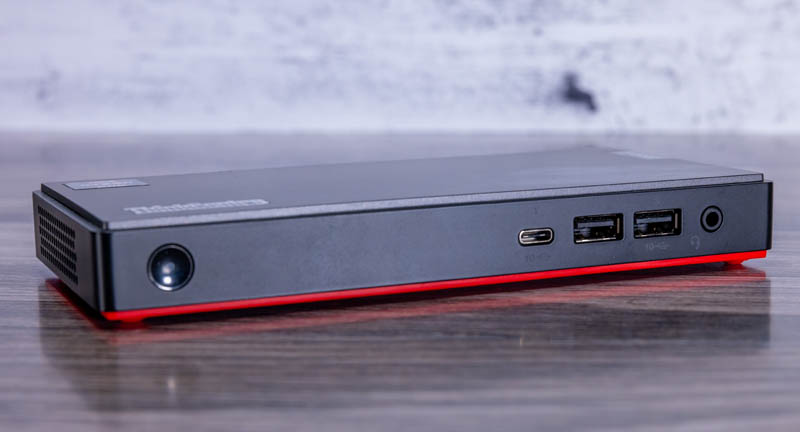
At the same time, the unit itself is okay, but not one that is exciting beyond its form factor. The form factor dictates so much in this system that it is really the defining feature. Beyond the form factor though, is knowing the Intel-based M90n Nano has a better feature set. Also the IoT versions are fanless making them better for embedded workloads where space is at a premium (albeit at lower performance.) Maybe the best way to describe the M75n Nano is that it is a great box if you know exactly what you need, and this is exactly the box that fits your needs. Veering slightly from exactly what this provides enters a world with a plethora of options.
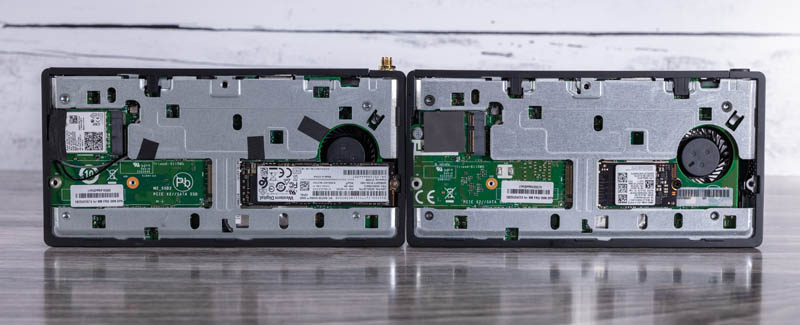
Overall, the Lenovo ThinkCentre M75n Nano is a good box, that perhaps we had too high of expectatations for. Everything works, and we get our usual Lenovo physical quality, but finding an okay solution when you are hoping for an exciting solution is probably the reason this has taken so long to review. Maybe that feeling is also the best way to describe this unit.

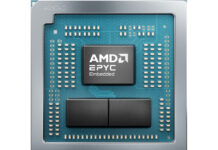


Does Your BT work after OS update? Mine stops working.
Since you mentioned optiplex 7090 in the video. I think you definitly should do a review of optiplex 7090 PCI-E version. It’s definitly the best 1L computer for lab node even accounting the extra price to sell the included gpu.